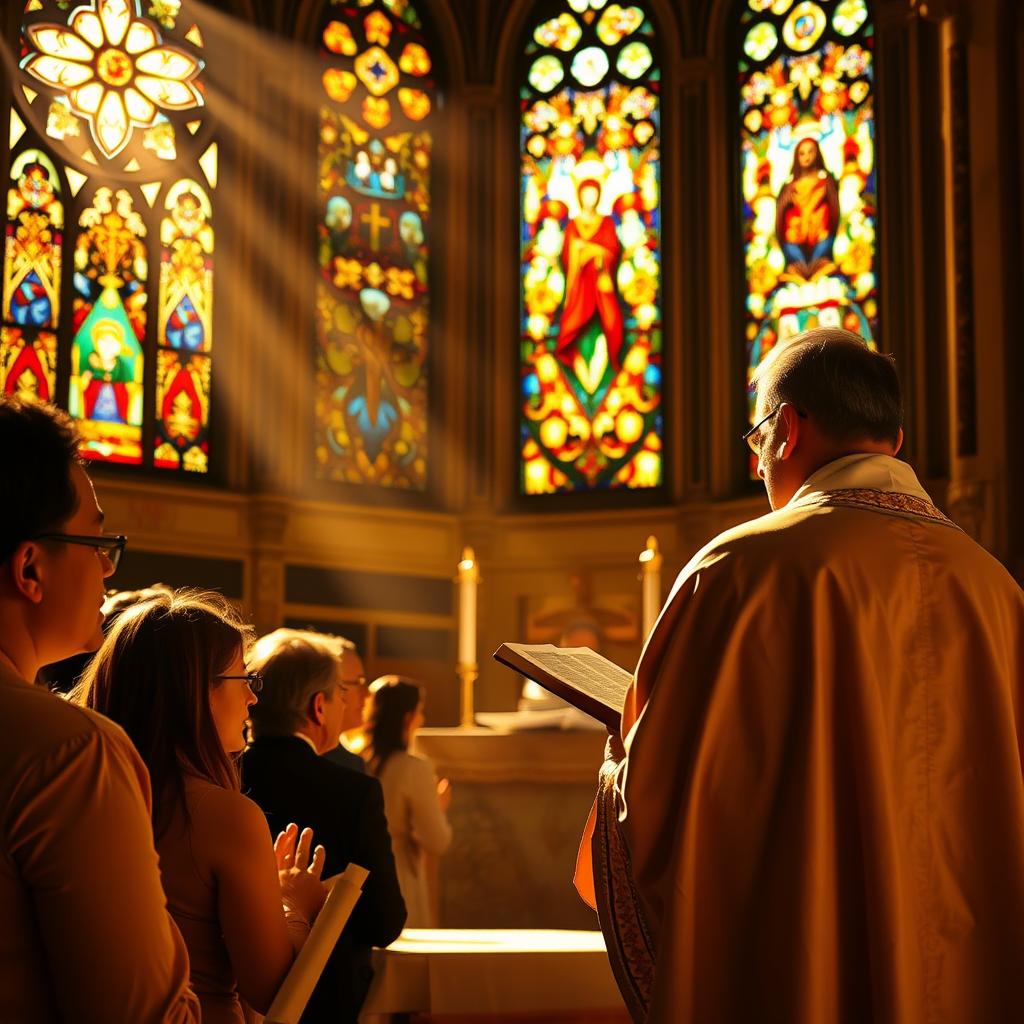Holy Thursday Homily: Lord’s Supper
This sacred feast marks the start of the Easter Triduum, a time of deep reflection. It celebrates the birth of the Eucharist and Christ’s call to serve others. The readings from Exodus, Corinthians, and John weave together themes of sacrifice, unity, and love. You would find more insights on Holy Thursday Homily: Lord’s Supper.
In 2000, Pope John Paul II highlighted the Eucharist as a living memorial. The Last Supper transformed the Passover meal into a new covenant. Jesus washing His disciples’ feet reminds us that faith is rooted in humility.
This year, let’s revisit these timeless lessons. Through Scripture and tradition, we rediscover how Christ’s love shapes our lives. The journey begins here, inviting us to embrace service and grace.
Easter Baking Ideas: Festive Treats to Make at Home
The Significance of Holy Thursday in the Catholic Faith
At the heart of Catholic tradition lies a night of profound transformation. This celebration honors Jesus’ final teachings, where sacrament, service, and sacrifice intertwine. It’s a memorial that echoes through centuries.
Celebrating the Institution of the Eucharist
During the Last Supper, Jesus transformed bread and wine into His body and blood. This act established the Eucharist—a living covenant. Unlike the Passover lamb, Christ became the Lamb of God, fulfilling ancient prophecy.
Paul’s account in 1 Corinthians 11:26 calls this a proclamation of Christ’s death until He returns. The Crucifixion and the Last Supper are inseparable. One foreshadows the other.
“The Eucharist is the sacrament of our redemption. It is the sacrament of the Bridegroom and of the Bride.”
Remembering the Priesthood and the New Commandment
Jesus also instituted the priesthood, commissioning the apostles to serve. As He washed their feet, He redefined leadership: “If I, your Lord, have washed your feet, you ought to wash one another’s” (John 13:14).
This humility birthed the new commandment: “Love one another as I have loved you” (John 13:34). For Catholics, this dual call—to serve and to love—remains the foundation of discipleship.
The Readings Explained: A Journey Through Scripture
Scripture reveals powerful truths when we explore its layers. The selected passages for this night—Exodus, Psalm 116, Corinthians, and John—paint a vivid picture of sacrifice, gratitude, and service. Together, they deepen our understanding of Christ’s mission.
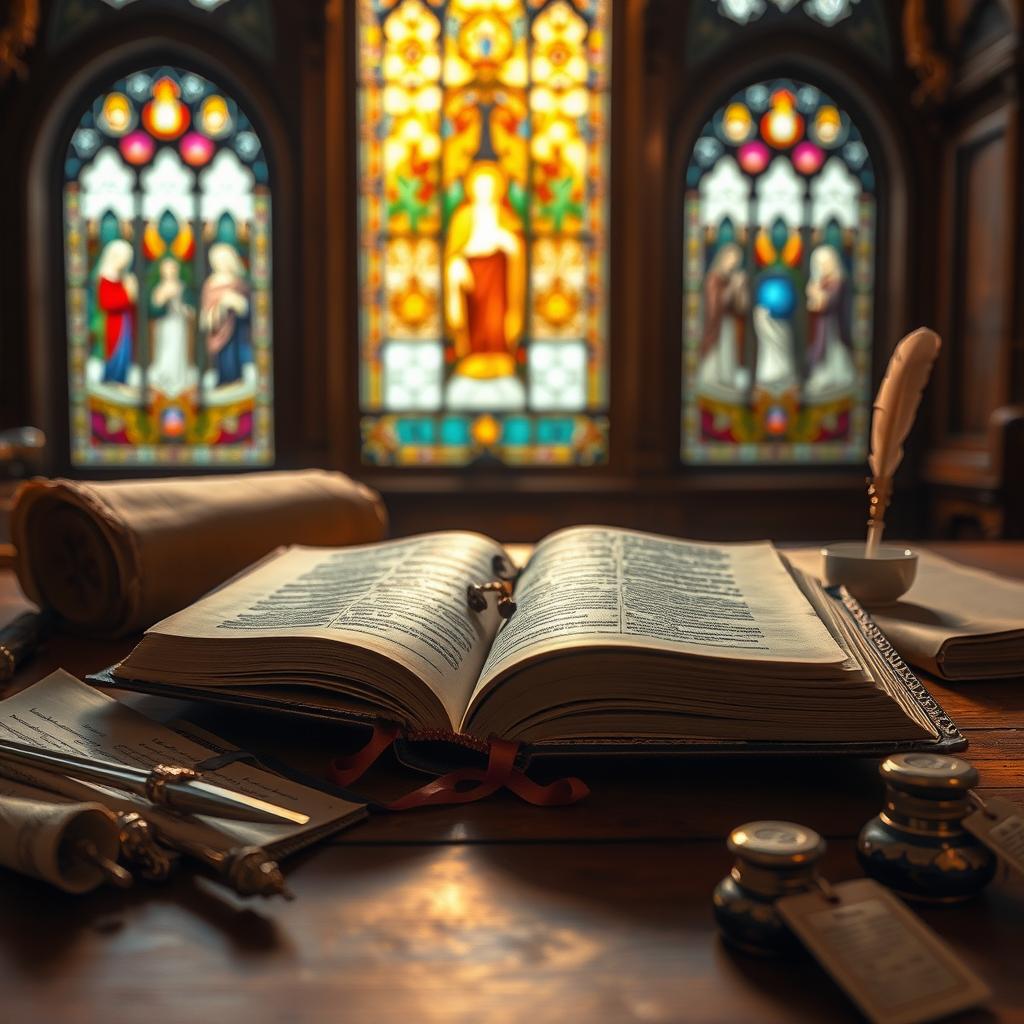
Exodus 12:1-8, 11-14 – The Passover of the Old Covenant
The *passover meal* in Exodus marks Israel’s liberation from Egypt. Blood on doorposts signaled divine protection, sparing the firstborn. This ritual foreshadowed Christ, the *Lamb of God*, whose sacrifice brings eternal freedom.
Psalm 116:12-13, 15-16bc, 17-18 – A Song of Thanksgiving
This Psalm echoes gratitude amid trials. *”How can I repay the Lord for all His goodness?”* asks the poet. It reminds us to trust God’s faithfulness, even in suffering—a theme Jesus embodied at the *last supper*.
1 Corinthians 11:23-26 – Paul’s Account of the Last Supper
Paul’s words highlight the Eucharist as *remembrance*. Jesus’ words—*”This is my body… my blood”*—transform the meal into a living covenant. Each celebration proclaims His death until He returns.
“For as often as you eat this bread and drink the cup, you proclaim the Lord’s death until He comes.”
John 13:1-15 – Washing of the Feet and Humble Service
Jesus washing His *disciples’* feet redefines leadership. His act of humility underscores the *love one* another command. Today, this challenges us to serve without seeking status.
Modern leaders can learn from this example. True authority lies in lifting others, just as Christ did.
The Last Supper: A Transformative Moment
A single meal changed history forever. That night, Jesus took an ancient ritual and infused it with eternal meaning. The *last supper* wasn’t just a farewell—it was the dawn of a new covenant.
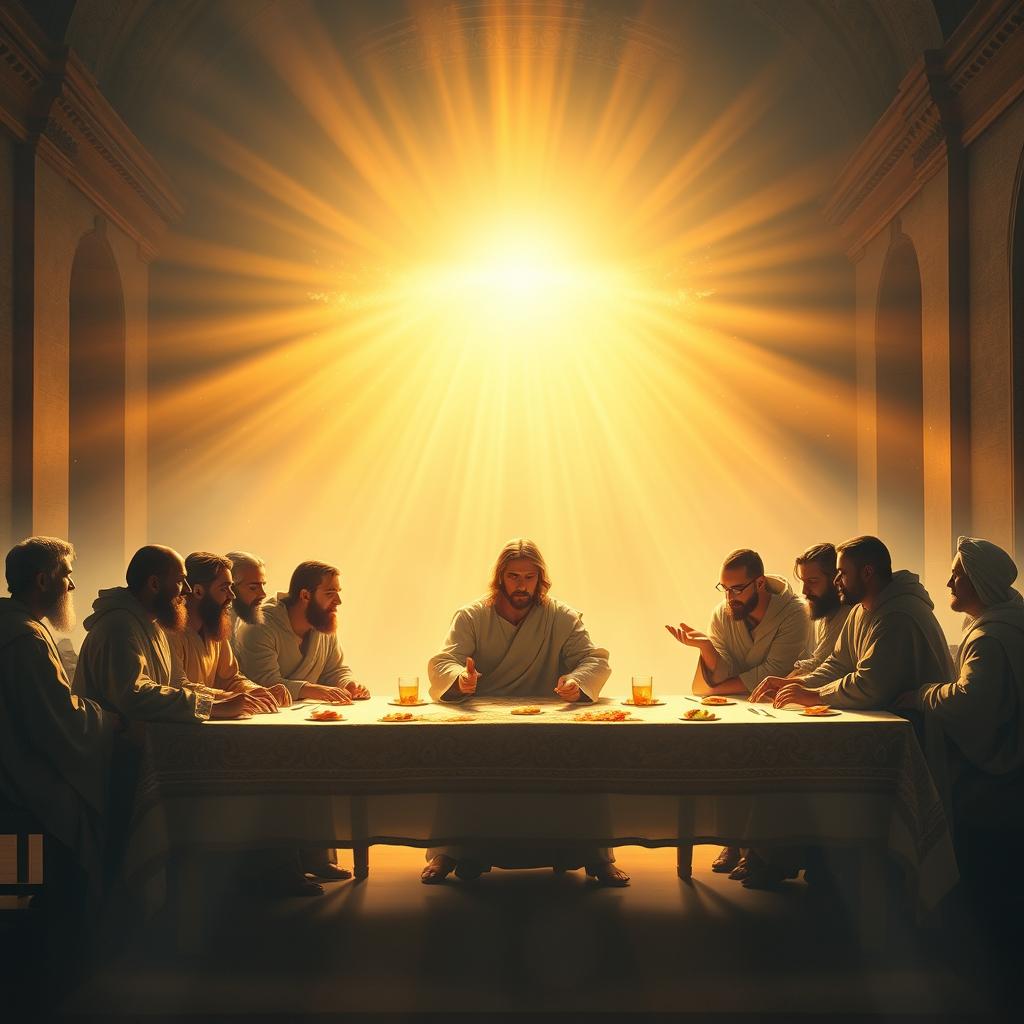
From Passover Meal to Eucharistic Feast
Centuries earlier, the *passover meal* saved Israel with lamb’s blood. Now, Jesus offered Himself as the true *Lamb of God*. “This is my *body*… my *blood*,” He said, transforming bread and wine into His living presence.
Paul’s letters call this the “new covenant.” Unlike the roasted lamb, Christ’s *sacrifice* wasn’t a one-time event. The Eucharist makes it timeless, bridging the Upper Room and the Cross.
“The Eucharist is the living memorial of Christ’s sacrifice, embracing both the Cross and Resurrection.”
Jesus as the Lamb of God
Exodus foreshadowed this moment. The Passover lamb’s blood spared lives, but Jesus’ *blood* redeems souls. John the Baptist proclaimed Him the *Lamb of God*—now, at the table, Jesus fulfilled that title.
Every Mass echoes that night. The same *body* broken for us is shared anew. What began as a meal became the heartbeat of faith.
The Eucharist: Source and Summit of Christian Life
Few gifts in faith carry the transformative power of the Eucharist. Vatican II called it the Church’s “source and summit”—a truth that echoes in every Mass. This sacred meal isn’t just ritual; it’s the *lifeblood* of belief, connecting us to Christ’s sacrifice.
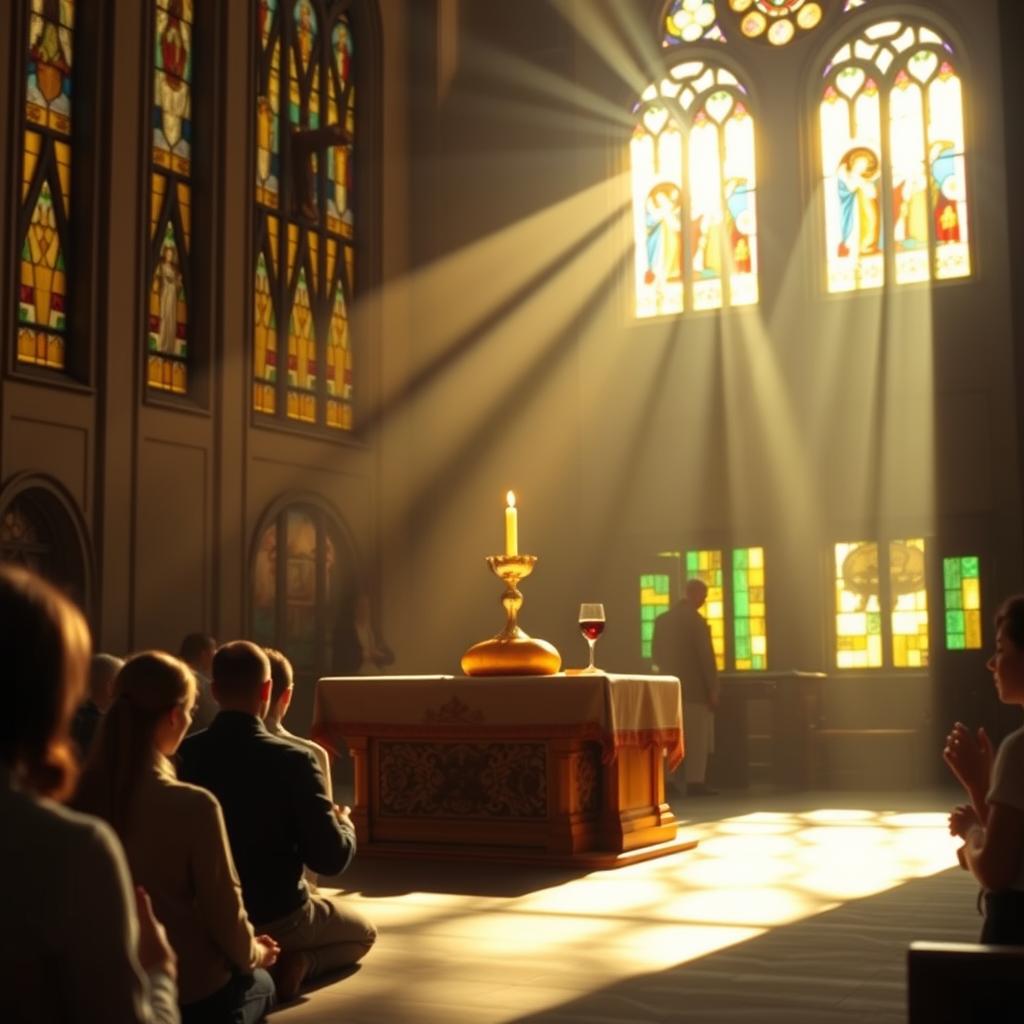
Even in space, the Eucharist sustains. Astronaut Mike Hopkins received Communion aboard the International Space Station, calling it “a taste of home.” Like Raymond Carver’s story of shared bread, it reminds us: faith thrives in community.
“The Eucharist is the living remembrance of Christ, a gift that nourishes and unites.”
In Ukraine, priests celebrated candlelit Masses in bomb shelters. The Eucharist became hope amid chaos. Such moments reveal its dual role: personal strength and communal bond.
Gratitude for this gift spills into action. Feeding the hungry, advocating justice—these are Eucharistic thanks made visible. As we *remember* Christ’s love, we’re called to live it.
The Washing of the Feet: A Lesson in Service
In a world obsessed with status, Jesus’ simplest act rewrote the rules of leadership. Kneeling to wash feet—a task reserved for servants—He shattered cultural hierarchies. This wasn’t just hygiene; it was a manifesto on service.
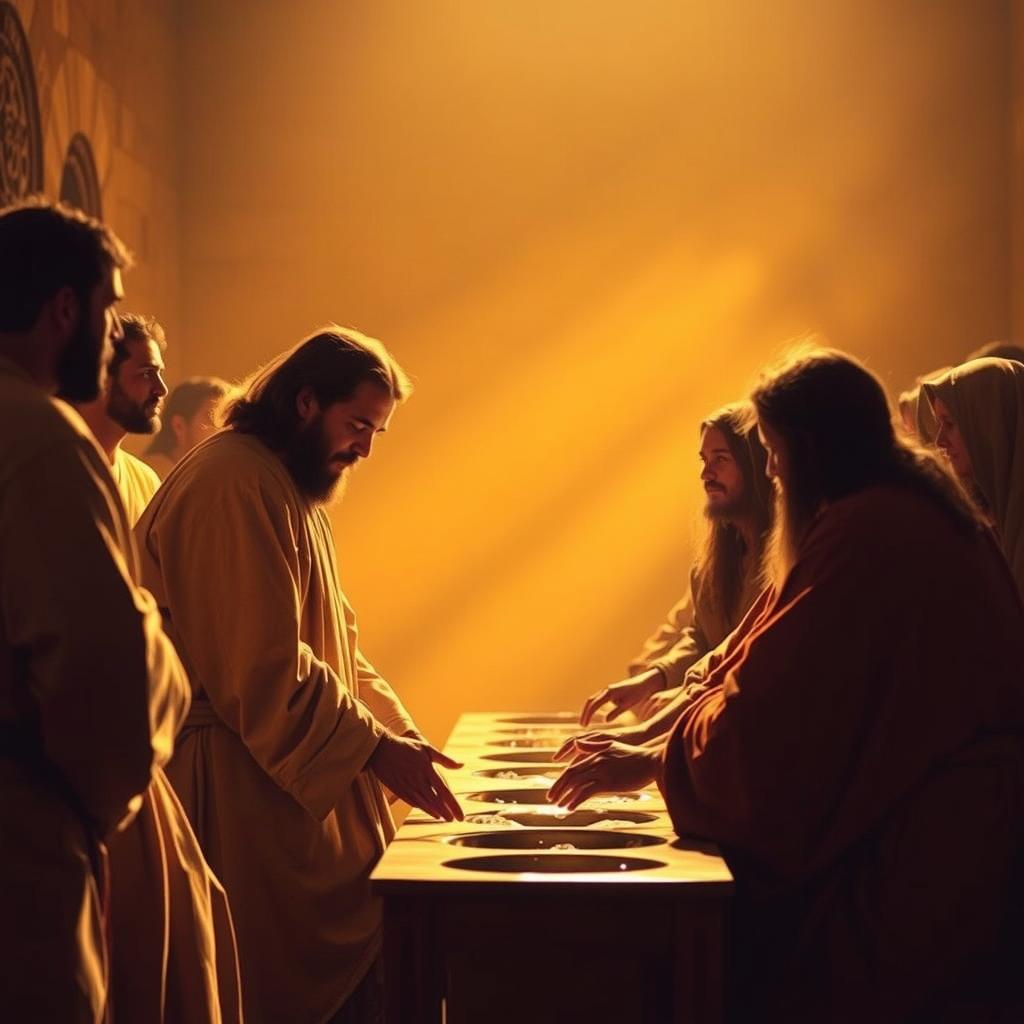
Jesus’ Act of Humility
The disciples recoiled as their teacher took the towel. In John 13, Jesus inverted power: greatness meant stooping low. By washing their feet, He showed that love thrives in dirt and discomfort.
Pope John Paul II called this “the priesthood’s blueprint.” Like Christ, priests kneel—not for prestige, but to uplift others. Sacraments flow from hands that serve first.
Our Call to Serve One Another
Today, nurses lacing protective gear and volunteers handing out meals live this lesson. Their service echoes that Upper Room moment. As Raymond Carver’s stories reveal, small acts mend fractures.
“To love one another is to kneel where the world won’t.”
Whose feet are you called to wash? A neighbor’s loneliness? A stranger’s hunger? The basin and towel await—not in sanctuaries alone, but in everyday streets.
The Commandment of Love: “Love One Another as I Have Loved You”
The world defines love one way; Jesus redefined it another. Where culture prizes romance and reciprocity, He modeled sacrifice. At the Last Supper, He washed feet, shared bread, and commanded: “Love one another as I have loved you” (John 13:34). This wasn’t advice—it was a revolution.
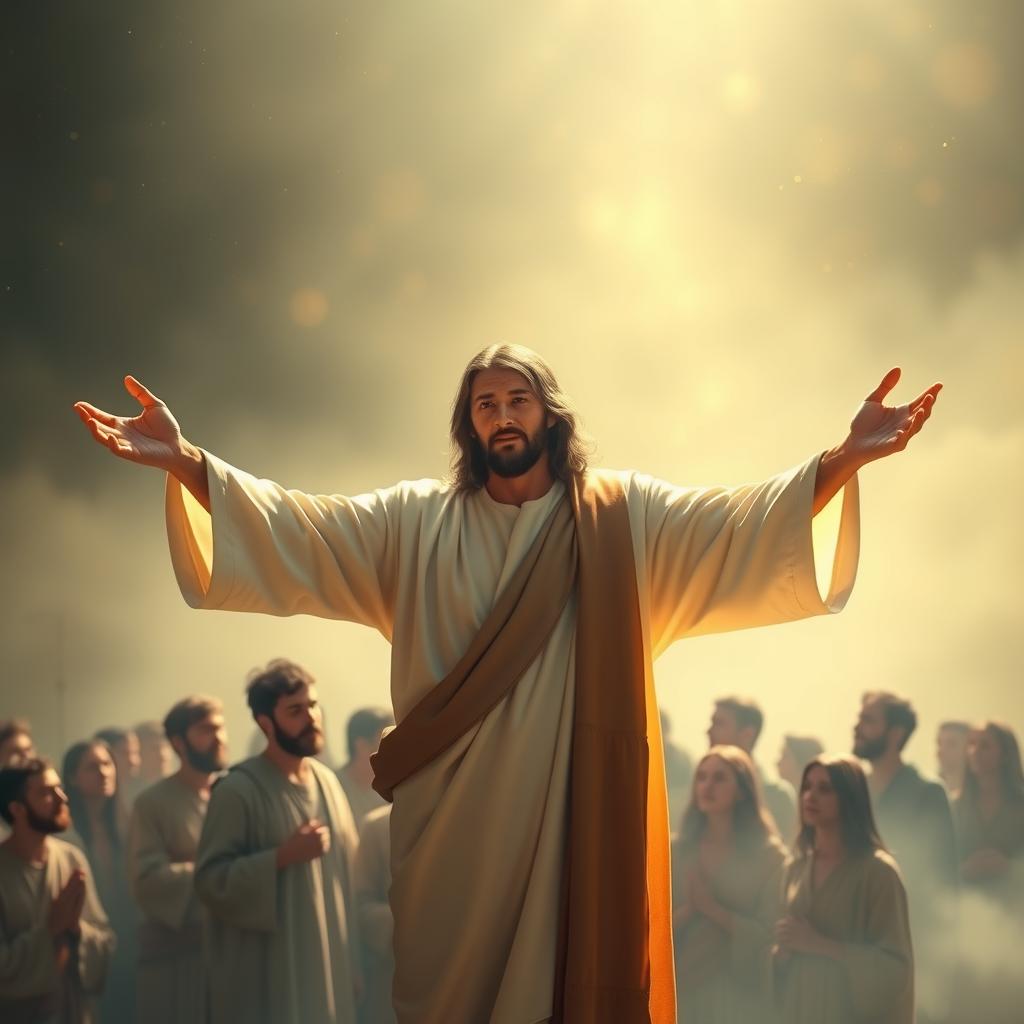
Christ’s love empties itself for others. Raymond Carver’s story “A Small, Good Thing” captures this. A grieving couple forgives a baker who harassed them, bonding over warm bread. Like Jesus’ broken body, shared food became a bridge.
Every Eucharist echoes that call to love one another. Receiving Christ’s body compels us to mend fractures—in families, workplaces, and streets. As Pope Francis urges: “The Eucharist is not a prize for the perfect, but medicine for the weak.”
“Love is not patronizing, and charity isn’t about pity. It’s about radical solidarity.”
This love reshapes life. It’s the nurse holding a patient’s hand, the stranger paying a grocery bill. Small acts, like Carver’s bread, carry divine weight. How might you practice this way of love today?
Holy Thursday Homily: Evening Mass of the Lord’s Supper
Every gesture at the Last Supper carried eternal significance. From the breaking of bread to the washing of feet, Jesus modeled a faith that lives beyond sanctuary walls. This night invites us to embody that legacy.
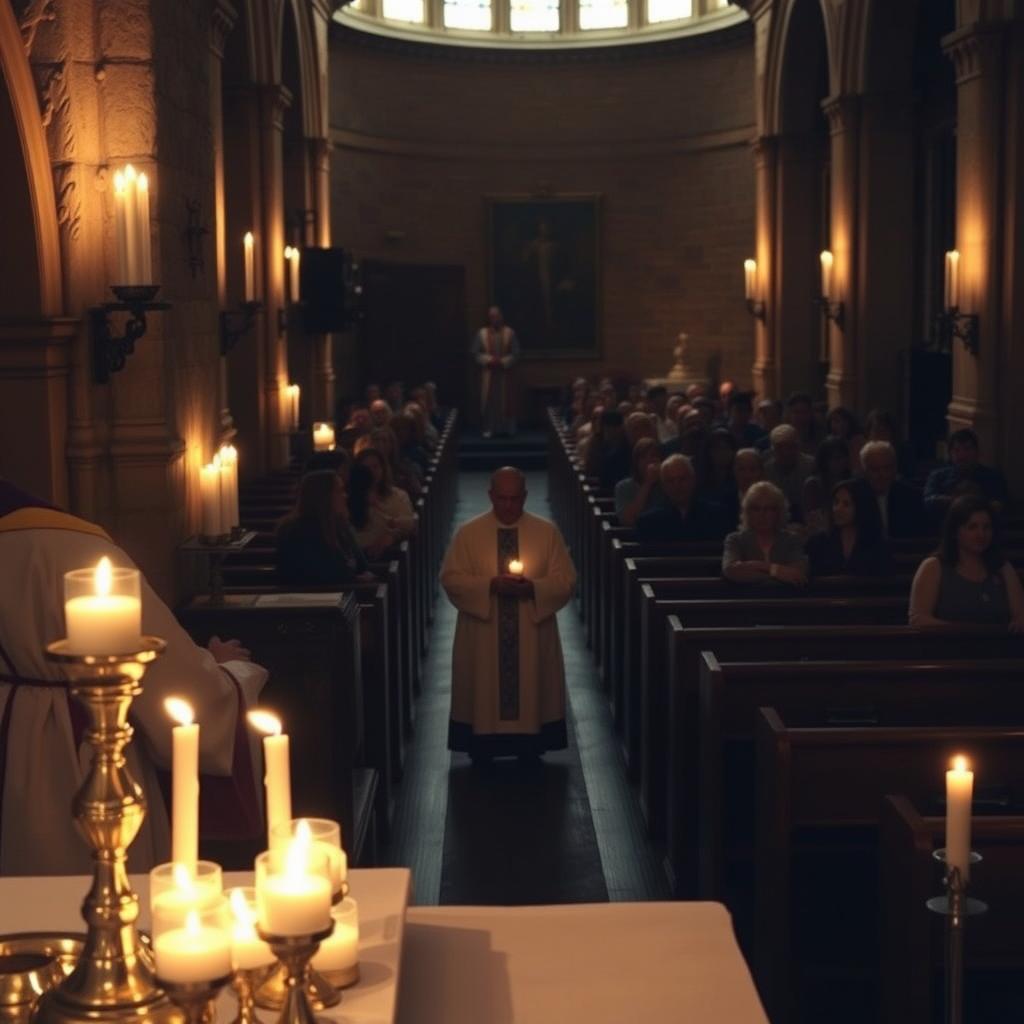
Reflections on the Eucharistic Celebration
The procession of the Blessed Sacrament isn’t just ritual—it’s a call to action. Like the apostles, we’re sent to carry Christ’s love into the world. John Paul II called the Eucharist a “living memorial,” urging us to serve as He served.
In 2024, the Chrism Mass readings underscored the priesthood’s role. Yet every believer shares this vocation. Whether volunteering at shelters or forgiving old wounds, we make the Mass of the Lord’s Supper tangible.
Living the Last Supper in Our Daily Lives
Transform your home into an Upper Room. Light a candle during meals, pray with family, or host a neighbor. Small acts of kindness, like sharing bread, echo Jesus’ commandment to love one another.
“The Eucharist isn’t a relic—it’s a roadmap for how to live.”
Spend quiet days in Eucharistic adoration. Let stillness deepen your resolve to serve. As astronauts find solace in Communion amid stars, we too can find sacredness anywhere—if we kneel.
Stories of Faith: The Eucharist in Unexpected Places
Faith finds its way into the most extraordinary places, even beyond Earth’s atmosphere. From the moon’s dusty surface to the International Space Station, the Eucharist has traveled where few have gone. These journeys remind us that Christ’s presence isn’t confined by walls—or gravity.
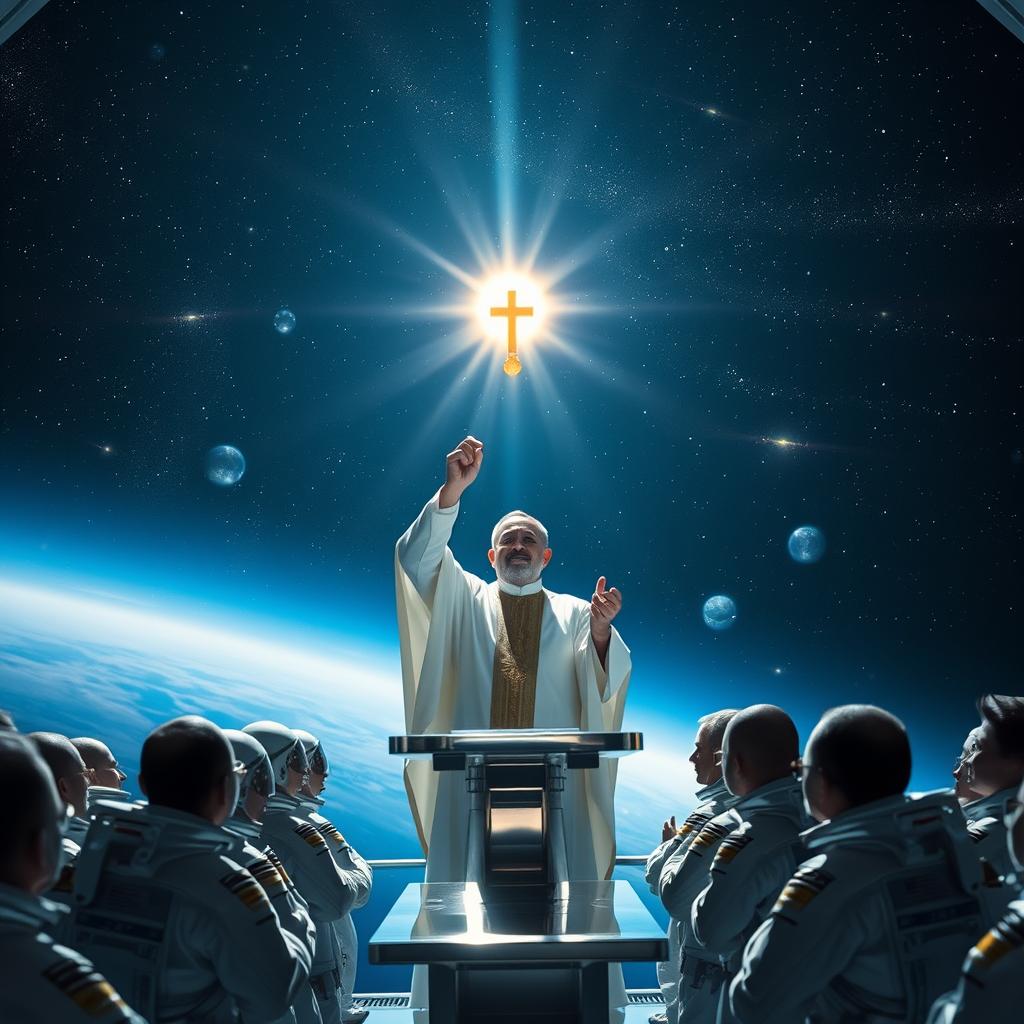
Communion on the Moon
In 1969, Buzz Aldrin made history twice. As Apollo 11’s lunar module pilot, he became the second man to walk on the moon—and the first to celebrate Communion there. Using a tiny pyx, he consecrated a host and drank wine from a small chalice.
NASA kept this quiet for years. Yet Aldrin’s act revealed a profound truth: the gift of the Eucharist transcends earthly limits. Even in space, Christ’s promise—“This is my body”—held power.
The Astronaut’s Eucharistic Journey
Decades later, Mike Hopkins took the Eucharist to the ISS. Before his 2013 mission, his bishop consecrated wafers for him. Hopkins later described receiving Communion before a spacewalk: “It anchored me in faith amid the vast unknown.”
“In space, the Eucharist isn’t ritual—it’s survival. A reminder that God is with us, always.”
These stories challenge us to find God in unlikely settings. A hospital room. A busy subway. The way we serve a meal. Wherever we go, the sacred follows—if we have eyes to see.
Carrying the Last Supper Forward in Our Lives
Transforming ordinary moments into acts of love is the heart of discipleship. Like Raymond Carver’s story of shared bread, small gestures—a meal, a prayer—mend fractures in our life and community.
Pope Francis reminds us: “The Eucharist is not a prize for the perfect, but medicine for the weak.” It fuels us to serve others, whether through family meals or volunteering.
Create sacred rhythms in your days. Light a candle at dinner. Pause to thank God for simple gifts. These rituals anchor us in gratitude.
Suffering, too, can become service. Christ’s way of love turns pain into purpose. Wherever you are—home, work, or the quiet streets—kneel. The world needs your basin and towel.
FAQ
What makes this celebration unique in the Catholic faith?
This night marks the institution of the Eucharist and the priesthood. It reminds us of Christ’s sacrifice and His call to love and serve one another.
Why is the washing of feet included in the liturgy?
Jesus humbly washed His disciples’ feet, showing that true leadership means serving others. This act challenges us to live with humility and compassion.
How does the Last Supper connect to the Passover meal?
Jesus transformed the ancient Passover into the Eucharistic feast. He became the Lamb of God, offering His body and blood for our salvation.
What does Paul’s account of the Last Supper teach us?
Paul emphasizes remembrance—Jesus’ words, “Do this in memory of me,” invite us to make His sacrifice present in our lives through faith and love.
How can we live out the message of this day?
By embracing service, loving deeply, and receiving the Eucharist with gratitude. Every meal, every act of kindness, becomes a reflection of His gift.
